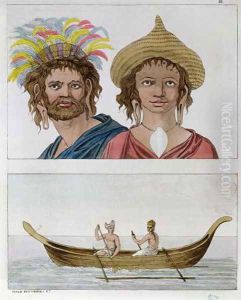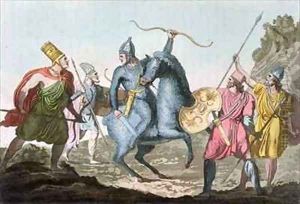Carlo Botticelli Paintings
Sandro Botticelli, born Alessandro di Mariano di Vanni Filipepi, is one of the most celebrated painters of the Florentine Renaissance. Born in 1445 in Florence, Italy, Botticelli was initially trained as a goldsmith before turning to painting. His early work was heavily influenced by his master, Filippo Lippi, and Botticelli quickly developed a distinctive style characterized by his linear grace and the expressiveness of his figures.
Botticelli's work includes religious subjects, mythological scenes, and portraits, with some of his most famous works being 'The Birth of Venus' and 'Primavera'. These paintings are celebrated for their exquisite detail, fluid lines, and the ethereal beauty of their figures, reflecting Botticelli's mastery of the Florentine style. His use of perspective and his skilled manipulation of color highlight his innovative approach to composition and narrative.
Despite his success, Botticelli's later years were marked by a decline in popularity. The rise of Michelangelo and Leonardo da Vinci, with their emphasis on High Renaissance ideals of humanism and naturalism, overshadowed Botticelli's more decorative and linear style. His work fell out of favor, and by the time of his death in 1510, Botticelli was largely forgotten.
Rediscovery of Botticelli's work in the 19th century, however, led to a reassessment of his contribution to Renaissance art, and he is now seen as a pivotal figure in the development of early Renaissance painting in Florence. His ability to blend classical mythology with Christian themes, along with his unique stylistic approach, has cemented Botticelli's reputation as one of the great masters of the Renaissance.

